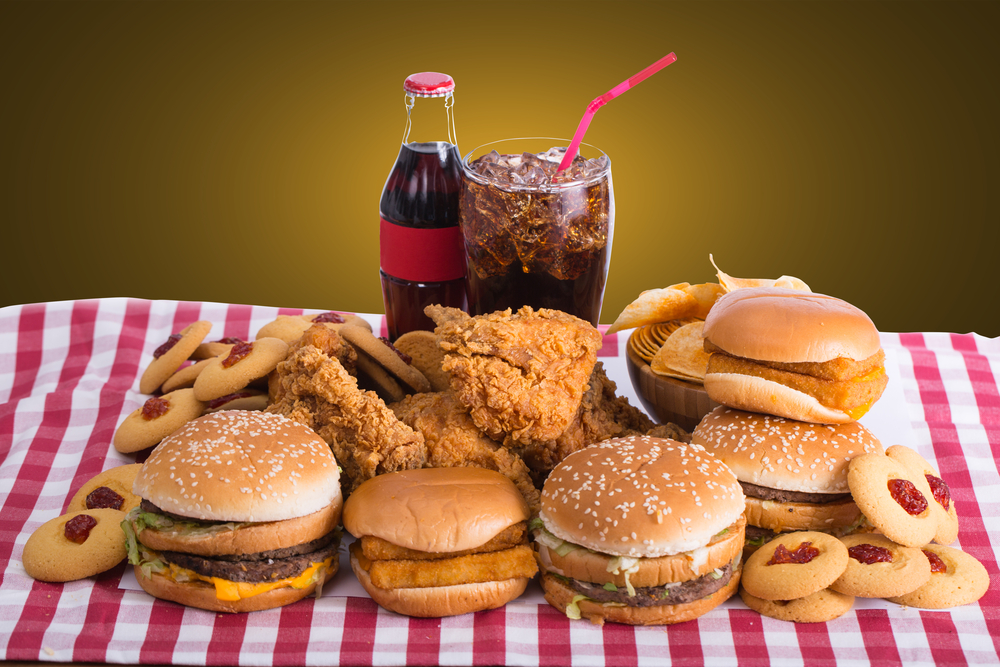How Brands Target Children

Recently, there has been a movement by the Heart and Stroke Foundation to limit children’s exposure to junk food advertising, particularly online. Could this mean the end to cereal mascots as we know them? According to a report published by the foundation, children are exposed to up to 25 million online food and beverage ads a year. As kids are particularly impressionable, this is now being seen as an underhanded marketing tactic.
The report also found that the products most frequently advertised on kids’ favorite websites are Kellogg’s Pop Tarts, Kellogg’s Frosted Flakes, McDonald’s Happy Meals, Red Bull Energy Drink and Kraft Lunchables. Some of the most frequently advertised products on teens’ favorites websites include Kellogg’s Pop Tarts, Kellogg’s Froot Loops, Red Bull Energy Drink and Kellogg’s Frosted Flakes.
Why Kids Eat Up Advertisements

Kellogg’s Pop Tarts have been a breakfast staple for over 50 years. Across time, their advertisements shifted from “wholesome family values,” (like the toaster mascot Milton talking a young girl through her first sleepover), to social media marketing that resonates with today’s youth. This popular morning treat—some might call it “breakfast”—even targets kids through Facebook Live events, where viewers can interact with the brand and guest stars (including popular musicians) through Pop Tarts’ social page.
Perhaps even more alarming, Red Bull Energy Drinks are commonly advertised on websites frequented by children and teens. Energy drinks have questionable effects on the body at best. Red Bull’s marketing strategy goes so far as to market a lifestyle before the product itself. They use extreme sports and other “adventure seeking” activities to sell their products through a media smorgasbord, including commercials, films, a sports magazine, a host of online content, sponsorships and more. They aren’t just selling happiness, they are selling the promise of excitement and an escape from everyday life.
Companies love selling us products packaged in good feelings. You may remember the Coca-Cola “Smile Back” campaign, where representatives travelled the world smiling at strangers and rewarding those who returned the gesture with a free soda. While cute and quirky at first glance, this campaign turned happiness into a form of currency tied to their product. Coke’s happiness marketing also includes a generous vending machine, shareable cans, bottles labeled with the names of people and smiling tin cans. Whatever you think of these tactics, it can’t be denied that selling happiness works.
The Takeaway
Advertising infiltrates every aspect of our lives through TV, movies, magazines, social media, apps and more. Companies push brand-centric ideas of happiness and hope that we don’t see the seams barely holding these warped views together. Junk food won’t make kids happy—in fact, enough of it might just do the opposite. But companies are determined to fill their ads with bright colors and smiling faces, and hope that children won’t be discerning enough to see through the facade.
Feel passionately about rising obesity rates in the U.S. or the politics of manipulative advertising? Join the conversation with a .SUCKS domain like FakeAdvertising.Sucks or BadNutrition.Sucks.
Photos: Shutterstock / hin255, Shutterstock / nenetus, Shutterstock / Angela Waye










